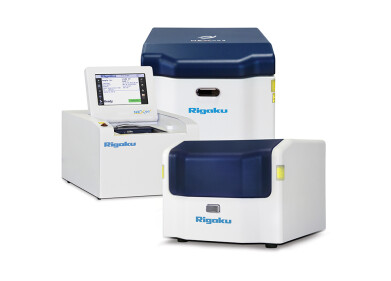Elemental analysis
What Techniques Are Used for Lubricant Analysis?
Nov 25 2022
From internal combustion engines in everyday vehicles to heavy-duty machinery in factories and manufacturing plants, lubricants have a critical role to play when it comes to mechanical health. They’re essential for any system that relies on moving metal parts. Key goals include reducing friction between surfaces, relieving mechanical stress and preventing issues like corrosion and oxidation. Lubricants are also used to suspend foreign particles and transport contaminants out of mechanical systems.
Analytical techniques help operators evaluate the performance of lubricants and assess the overall health of mechanical systems. How is it done? Below we take a closer look at some of the most useful techniques used for lubricant analysis.
Viscosity analysis
Most labs rely on capillary tube viscometers to calculate the viscosity index of lubricants. This is an important parameter as viscosity determines how resistant a lubricant is to flow and shear. Good viscosity is especially important for lubricants used in mechanical systems that place high levels of strength and pressure on moving parts.
Wear metals and contaminants
Parameters like viscosity are used to assess the performance and suitability of lubricants. In comparison, testing for wear metals and contaminants is a useful way to assess the overall health of the mechanical system. For example, high concentrations of metallic particles in lubricants can suggest serious wear on moving parts. Particles can be analysed to determine the source and schedule maintenance as soon as possible.
Breakdown analysis
All lubricants degrade over time, which can have a negative impact on performance. Techniques like Infrared (IR) Spectroscopy are used to assess the breakdown of certain elements and determine when lubricants need to be flushed and replaced. Samples are analysed in the infrared spectrum, which reveals the unique properties of circulating lubricants.
Lubricant analysis in the maritime sector
Lubricant analysis is critical in the maritime sector where actively monitoring the condition of lubricants can help increase the lifespan of assets, reduce the risk of unplanned downtime and slash repair budgets. Solutions like the marine lubricant analysis program from Intertek step up to the challenge. The oil condition monitoring service sees samples analysed in state-of-the-art laboratories. Experienced data specialists then assess results to determine the health of maritime machinery.
Scientists rely on advanced elemental analysis techniques like X-Ray Fluorescence (XRF) to assess lubricants. Find out more about the latest turnkey solutions from American scientific instrument manufacturer Bruker AXS in ‘Elemental Analysis as easy as it can be – From Ultra-Low Sulphur to Catalyst Elements at Refineries, to Lubricants and Wear Metals in Engine Oils’.
Digital Edition
PIN 25.5 Oct/Nov 2024
November 2024
Analytical Instrumentation - Picturing Viscosity – How Can a Viscometer or a Rheometer Benefit You? - Sustainable Grease Formulations: Evaluating Key Performance Parameters and Testing Method...
View all digital editions
Events
Jan 20 2025 San Diego, CA, USA
Jan 22 2025 Tokyo, Japan
Jan 25 2025 San Diego, CA, USA
SPE Hydraulic Fracturing Technology Conference and Exhibition
Feb 04 2025 The Woodlands, TX, USA
Feb 05 2025 Guangzhou, China
-11518280.jpg)


















